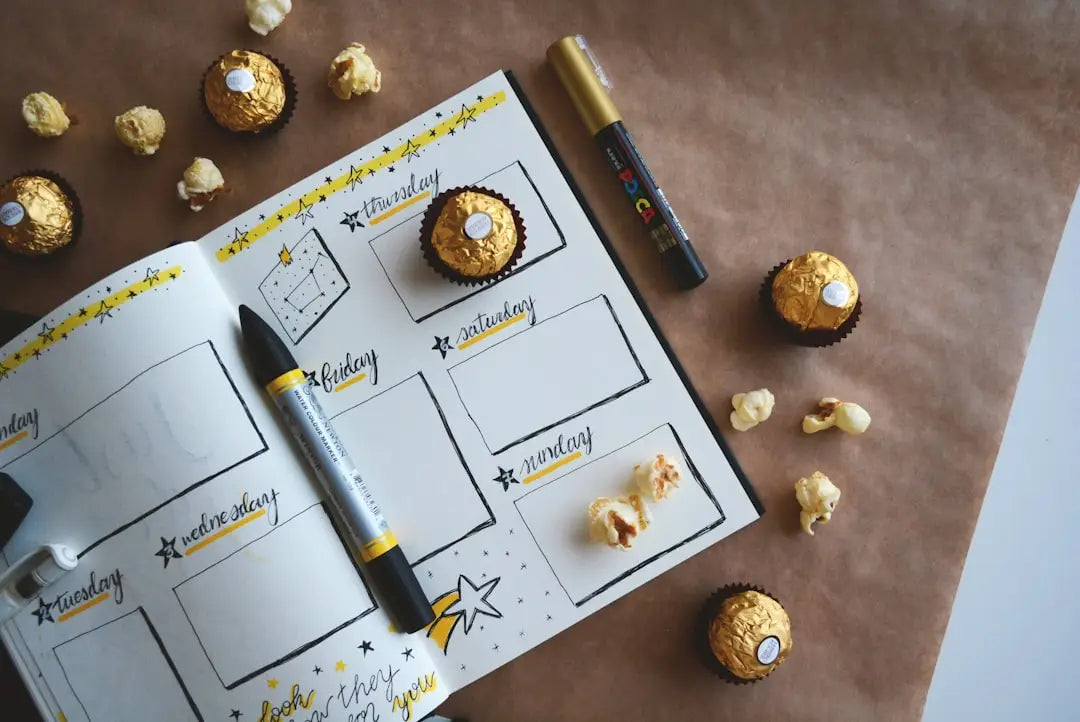How to Use Markers and Pencils
Markers and pencils are essential tools for artists, students, and professionals alike. They provide a vast array of colors and precision needed for various projects—be it sketching, designing, or illustrating. Many individuals, however, often face challenges in using these tools effectively. In this article, we will explore the basics of utilizing markers and pencils, empowering you to create both beautiful and precise work.
Types of Markers and Pencils
Before we delve into the techniques of using markers and pencils, it's crucial to understand the different types available. Markers come in several varieties, such as alcohol-based, water-based, and permanent options. Each type has its unique properties, allowing for specific applications. Similarly, pencils are available in different forms, including graphite, charcoal, and colored pencils, each presenting varying degrees of hardness suited for particular techniques and effects.
Choosing the Right Paper

by Alexander Grey (https://unsplash.com/@sharonmccutcheon)
The type of paper you choose can significantly influence the final outcome of your work. For markers, selecting a thick, smooth paper is vital to prevent ink bleeding and feathering, ensuring that your colors remain crisp and defined. Conversely, when working with pencils, a paper with slight texture can enhance the depth and dimension in your drawings, allowing for richer shading and detail. It is advisable to experiment with various paper types until you discover what best complements your artistic style and project needs.
Blending Techniques
Blending is an essential skill that enhances the quality of your artwork by facilitating smooth transitions between colors and shades. When using markers, you can achieve effective blending by layering colors over one another or utilizing a colorless blender pen for seamless gradients. In pencil drawing, blending can be executed with a blending stump or even your fingertip to merge shades together skillfully, allowing for softer edges and dynamic tonal variations.
Layering Colors
Layering colors is another powerful technique that can elevate your work by adding depth and dimension. With markers, start with lighter colors and gradually introduce darker hues on top, allowing the colors to interact for a more visually captivating effect. This approach not only enriches your artwork but also allows for complex color mixing that captures light and shadow effectively. For pencil work, layering can be accomplished by modulating pressure while applying color, as well as blending subsequent layers to create a rich tapestry of tones.
Precision and Control

by Estée Janssens (https://unsplash.com/@esteejanssens)
Achieving precision and control while using markers and pencils is paramount for producing detailed and refined artwork. Proper tool handling plays a significant role in this regard. For markers, hold the pen at a slight angle, utilizing the side of the nib for broader strokes while reserving the tip for finer details. With pencils, grasping the pencil closer to the tip affords greater control for intricate lines, whereas holding it further back allows for looser, more expressive strokes.
Practice Makes Perfect
As with any artistic endeavor, practice is the cornerstone of mastering the use of markers and pencils. Engage regularly in experimenting with various techniques, papers, and tools to uncover what resonates with your creative process. Embrace mistakes as learning opportunities; each misstep can guide you towards refinement and improvement. With dedication and consistent practice, you'll cultivate confidence and proficiency in wielding these essential tools in your artistic repertoire.
Conclusion
Markers and pencils are versatile and powerful instruments that enable you to create stunning artwork and precise work. By gaining insight into the different types of markers and pencils available, selecting appropriate paper, and mastering techniques like blending and layering colors, you can significantly enhance the quality of your creations. Always remember to grasp your tools correctly and commit to regular practice in order to refine your skills. With these tips at your disposal, you'll soon find yourself producing beautiful and precise work with confidence and ease.

